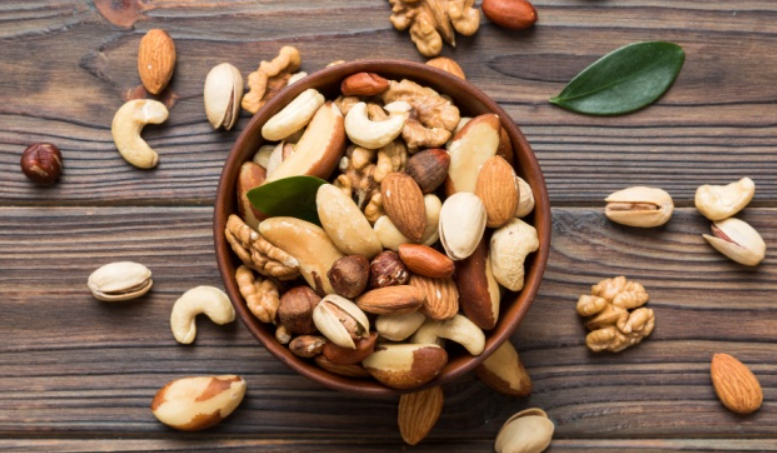Nutrients help athletes do their best

HMB and elite rowers
HMB, or hydroxy methylbutyric acid, comes from the essential amino acid leucine, which is a popular sports supplement. In this study, 16 elite male rowers, average age 20, who were typically training 17 hours per week, took a placebo or 1 gram of HMB three times per day, in alternating 12-week phases. The rowers took the HMB in between two daily training sessions to measure changes in lung function and power output.
After the 12-week HMB phase, lung capacity increased 4 percent compared to a 1.5 percent decline during the placebo phase. Overall lung health was also better during the HMB phase, extending the time to reach maximum lung oxygen capacity.
Power also increased at peak oxygen capacity, rising 12.9 percent for HMB while declining 1.8 percent for placebo. The HMB group also lost an average 1.9 pounds in fat mass compared to a gain of 1.7 pounds during the placebo phase.
Which athletes need more vitamin D?
There is a link between higher levels of body fat and lower levels of vitamin D in non-athletes, and doctors wanted to see if the same would hold true for athletes with higher fat levels.
In the study, doctors measured circulating levels of vitamin D in 42 college athletes active in a variety of intercollegiate sports. There was a link between lower circulating levels of vitamin D and being taller, heavier, or having larger body mass or fat mass, in both men and women, suggesting large athletes need more vitamin D.
Reference: Journal of the International Society of Sports Nutrition; July, 2015, Published Online
Natural Insights for Well Being January 2016
We’re dedicated to discovering the benefits of good nutrition and healthy lifestyle, and hope the above article informs and inspires you to take an active role in your health.
Articles shared on our site are to provide nutritional information only and do not replace professional medical advice.


